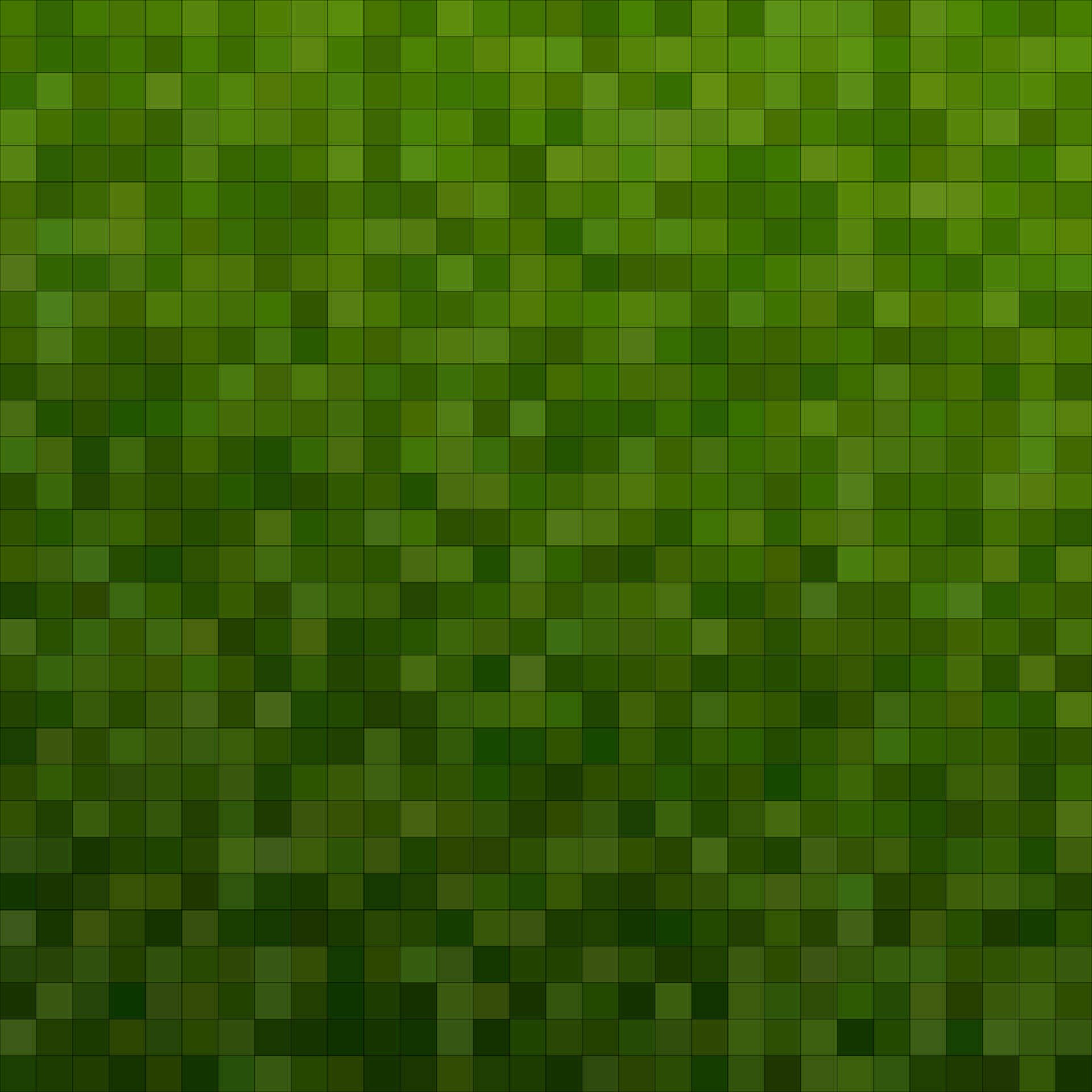
Hobby Paint Scale Reduction Effect Mastery
The Art of Illusion: Mastering Scale Colour Reduction in Model Building
Skill Level: Beginner to Advanced
Read Time: 3 Minutes
Modified: Dec 02, 2024
Transforming Miniatures with Realistic Depth and Visual Impact
In the world of scale modelling, every detail matters. From intricate rivets to precise weathering, these elements combine to tell a story of history, imagination, and artistry. Yet, there’s one advanced technique that separates good models from truly lifelike masterpieces: scale colour reduction. This principle acknowledges how our eyes perceive colours on smaller objects, unlocking a deeper level of realism. Whether you’re a seasoned builder or a passionate beginner, mastering this theory can revolutionize your approach to painting. Join us as we explore the science, artistry, and secrets behind making small models look larger than life.
Scale Colour Reduction Effect Theory
Colour Scale Reduction Effect is a hotly debated topic. The science behind it is based on our eyes playing tricks on us because we know what the colour is rather than what it looks like from a distance.
To demonstrate the colour scale reduction effect, the scale effect theory states when viewing:
- 1:16 scale AFV from 12 inches (30.48 centimetres) away is the equivalent of observing a full-scale vehicle from 16 feet (4.88 metres)
- 1:35 scale tank from 12 inches (30.48 centimetres) away is the equivalent of observing a full-scale tank from 35 feet (10.67 metres)
- 1:48 scale aircraft from 12 inches (30.48 centimetres) away is the equivalent of observing a full-scale aircraft from 48 feet (14.63 metres)
- 1:72 scale truck from 12 inches (30.48 centimetres) away is the equivalent of observing a full-scale truck from 72 feet (21.95 metres)
- 1:144 scale ship from 12 inches (30.48 centimetres) away is the equivalent of observing a full-scale ship from 144 feet (43.89 metres)
Depending on the brand of paint, exclusive of lightening the colour by weathering and dust effects, or the colour of the primer coat, paint applied directly from the bottle is most likely too dark for 1:16, 1:24, 1:32, 1:35, 1:48, 1:72 1:144 and smaller scales.
To solve this scale reduction effect dilemma, some paint manufacturers, such as AK Interactive, AMMO, and VALLEJO, build scale effect factors into their colours.
If you use TAMIYA COLOR ACRYLICS, TAMIYA LACQUER PAINT, Mr.COLOR, Mr.HOBBY, ACRYSION or AQUEOUS, here is how to adjust for scale effect.
Colour Scale Effect Adjustment Ratios
- 1:16 – 1:24 Scale add 3% to 5% white
- 1:32 – 1:35 Scale add 7% white
- 1:48 Scale add 10% white
- 1:72 Scale add 15% white
- 1:144 Scale add 23% white
💡 A superior alternative to white is a cool bone colour or warm cream yellowish-white, depending on whether or not a cool or warm colour is in play.
Depending on the colour, using white is the easiest method for lighting paint. However, for those who understand advanced colour theory, the best way to lighten a colour is by using a similar lighter hue within the same warm or cool colour spectrum.
The best way to test the gradual colour shift is on white styrene. Bright white printer paper has a bluing agent that tricks your eyes into seeing a whiter white, so don’t use it. Evergreen White styrene, by comparison, is opaque white.
By adding the lighter colour, a drop at a time, and checking the transition on the test piece to see the desired colour shift, you will know a correct value step has been achieved.
Further visual enhancements can be made to your builds using lighter mid-tones applied in mottling effects over base colours, then adding highlights and bright highlights.
Now, we can be masters of our painting. 😎
Scale Reduction Effect Adjusted Paint Brands
💡 Metallic Paint can also be scale reduction effect adjusted by adding the brighter metallic colour to lighten slightly, just enough to see a shinier value transition.
